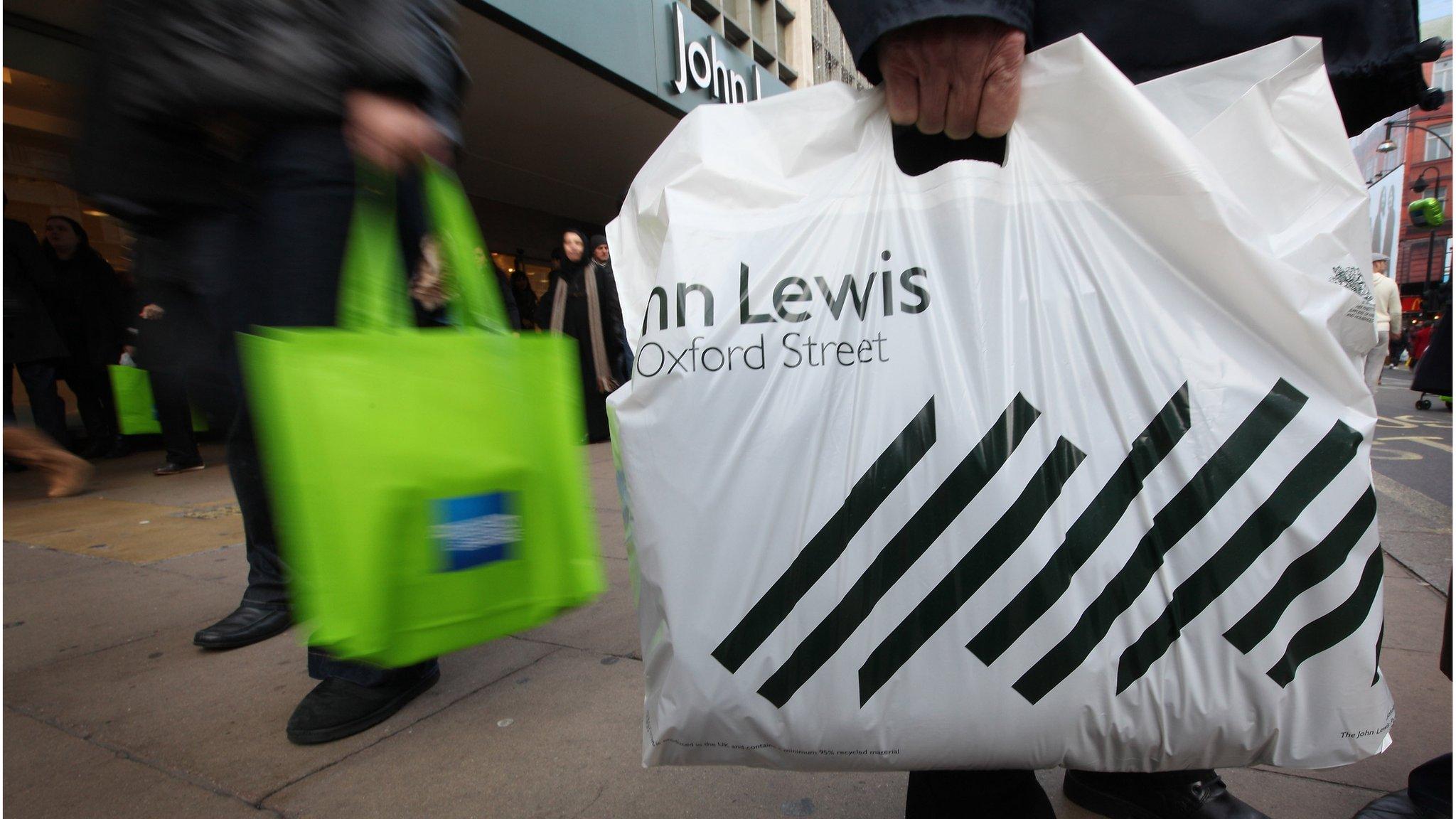John Lewis marks 150 years since first store opened
- Published
Whether it is for its generous staff bonus or its Christmas advert, John Lewis has recently been the subject of many good-news headlines. As the partnership celebrates 150 years since it opened its first store, in central London, how has it transformed?
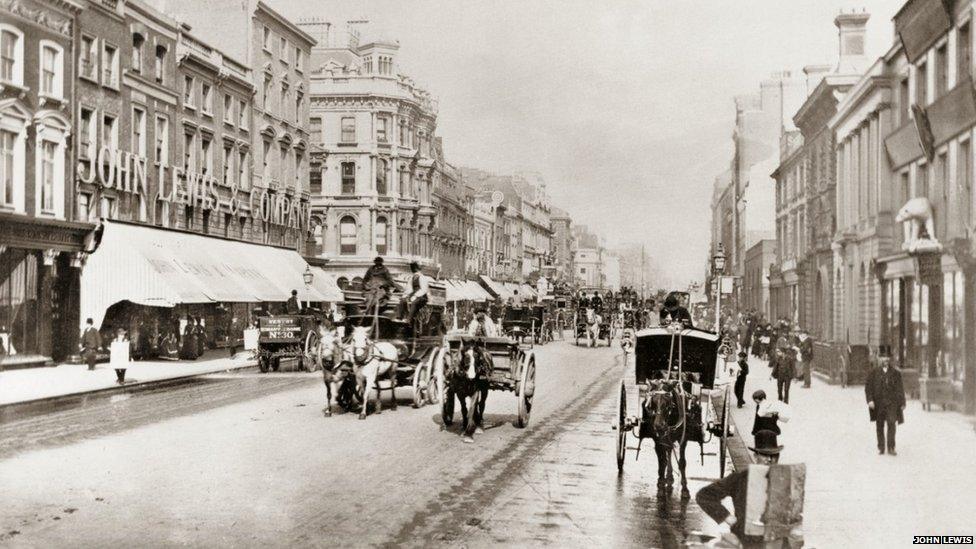
John Lewis - the founder of the famous retail chain - was born in Shepton Mallet, Somerset, in 1836. Becoming a drapers apprentice, aged 14, in 1856, he came to London and landed a job as a salesman for the prestigious Oxford Street draper Peter Robinson.
He worked his way through the ranks to become the youngest silk buyer in the city and in 1864, he turned down an offer to become Robinson's partner and instead opened his own shop.

The original John Lewis store opened at 132 Oxford Street in the spring of 1864.
A shrewd salesman, he dedicated every available bit of shop floor to the task of displaying and selling stock and he even had plaster removed from the walls to gain precious inches of space.
Gavin Henderson, who works as an archivist at John Lewis, said the chain's founder set up a store based on the principles of "value, assortment, service and honesty".

"These were the principles that carried forward and I hope are at the heart of what the partnership tries to do today," he said.
It was Lewis's son, John Spedan Lewis, who pioneered its practice of distributing a share of its profits to its employees.
The partnership model was very uncommon, but Spedan Lewis "saw people had very little to put away and saw this as damaging to society", Mr Henderson said.
"He thought redressing the balance was good for people and good for his business,
"People who are engaged in the business and have a share would work harder in it."
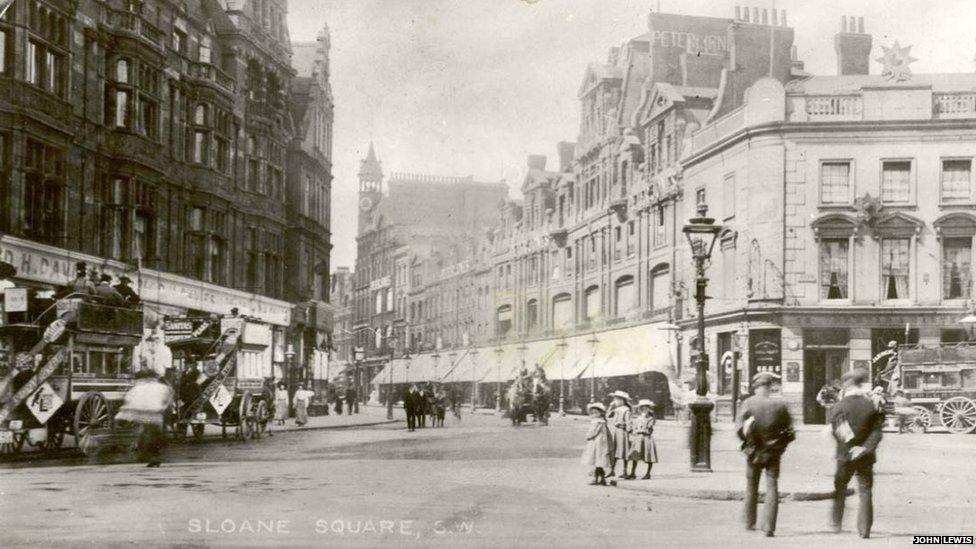
Spedan Lewis was renowned for his love of organisation, structure and order - and believed these principles should apply in his stores.
"He was a maverick, a visionary, and ahead of his time," said Mr Henderson.
It was around Christmas in 1905 when, with 20 £1,000 notes in his pocket, Spedan Lewis walked from Oxford Street to the Peter Jones department store in Sloane Square and bought the business.
Over the years, the stores built a reputation for good service. Customers could even leave their fur coats in the Peter Jones refrigerators during the summer and their children's prams with the shop's concierges.
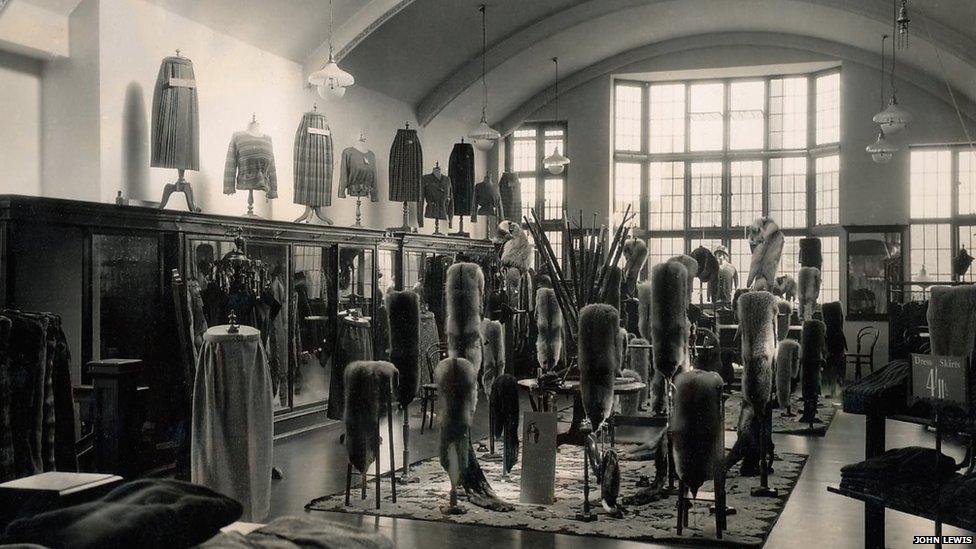
In September 1940, in the midst of the Blitz, Oxford Street's John Lewis store was bombed, although incredibly no staff were killed or injured.
John Lewis continued to operate from the next-door premises - East House - which had been bought by the partnership in 1928.
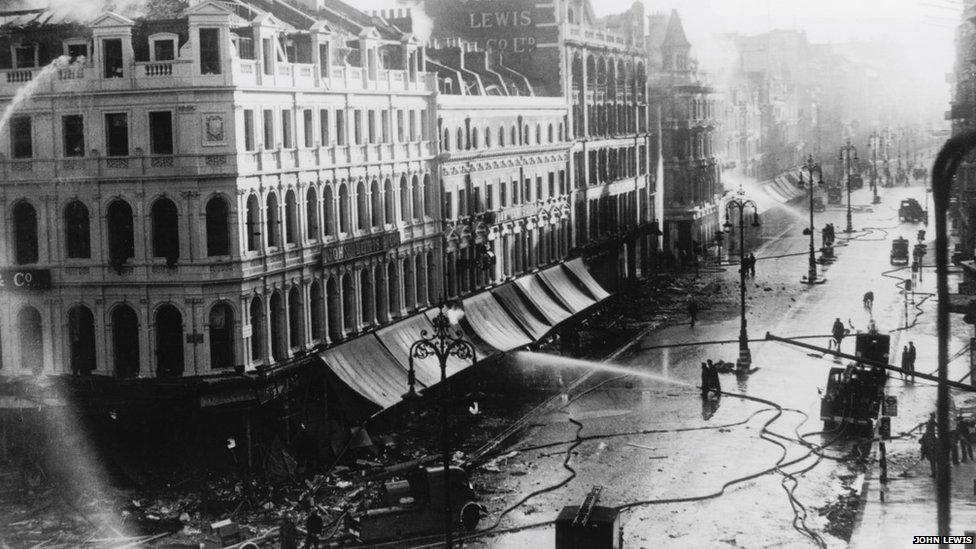
In 1953, the main John Lewis store - still being rebuilt following its near destruction during wartime bombing - was used as a viewing point for the Coronation procession.
The temporary shop only had a few floors so tickets were sold for what was one of the best vantage points to see the Royal coach.
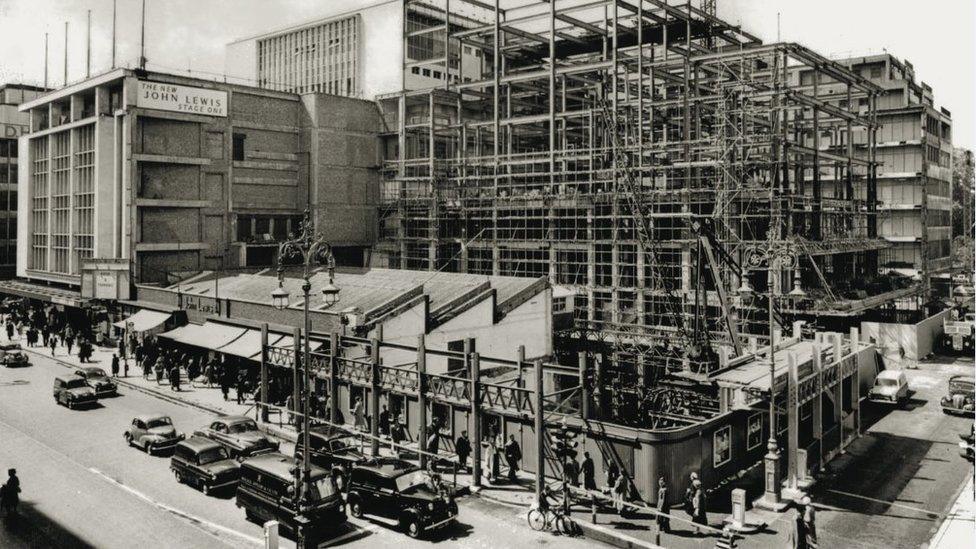
As Britain recovered slowly from the war, the rebuilding of the flagship store was delayed by a steel shortage. Throughout the 1950s, the new stone-faced six-storey department store rose from the ashes of the original bombed-out building. On 17 October 1960, it opened.
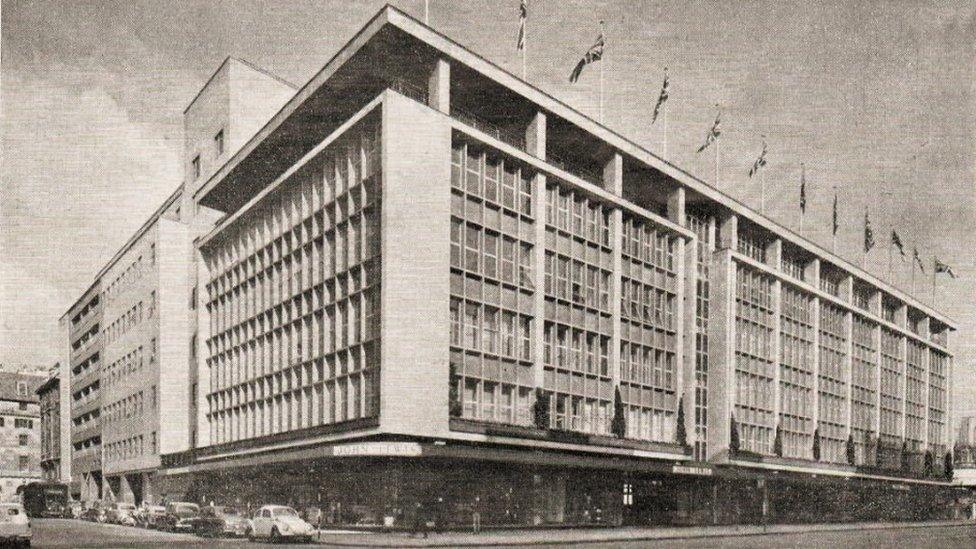
Over the past 150 years, the retailer has transformed itself from a humble Victorian draper to a chain encompassing more than 40 stores and employing 91,000 permanent staff.
Its expansion looks set to continue as next year John Lewis plans to open its biggest department store outside London, at Birmingham New Street Station.

The Stories of a Shopkeeper Exhibition and roof garden opens at John Lewis on Oxford Street on 3 May
- Published6 March 2014
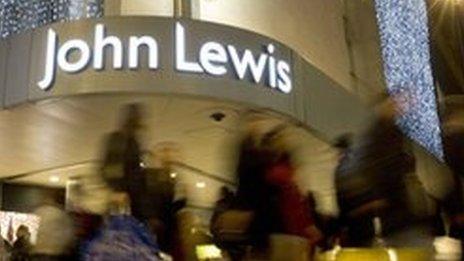
- Published2 January 2014

- Published11 November 2013

- Published12 September 2013
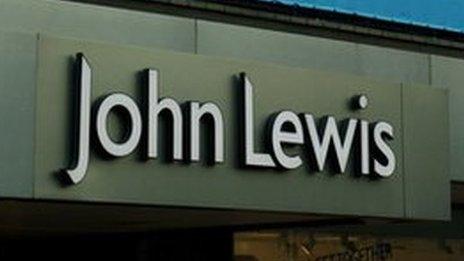
- Published22 August 2013
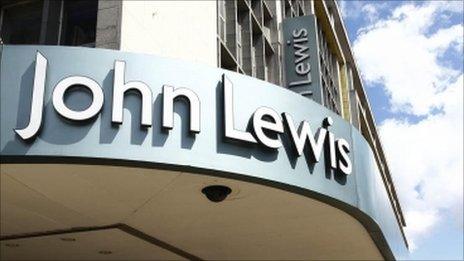
- Published15 March 2013
